Having the right gear can make or break a backpacking trip. But, as a parent on a limited budget, I have a big issue with buying kids’ backpacking gear: I don’t want to spend a fortune on gear or clothes that my kids will grow out of in one season.
Over the years, I’ve learned some tricks to save money on backpacking and camping gear for my kids. Here they are. If you have any tips to add, let us know in the comments section!
1. Know Which Gear to Spend On
Will I buy a fancy $50 backpacking water bottle for my daughter? Definitely not! I can just use a recycled plastic bottle instead. Will I buy a kids camping chair? Nope. My girls are sitting on a foam sleeping pad.
But there are situations when it makes sense to splurge on gear for your kids.
- Key gear: Such as sleeping bags, sleeping pads, and backpacks
- Gear which won’t be outgrown soon: Such as headlamps (versus boots which will only fit for a season)
- You have younger children: And they will inherit the gear when the older child outgrows it
2. Calculate Cost-Per-Use
The more you use gear, the lower the cost-per-use will be, thus making it a better value. The problem with kids backpacking gear is that they grow out of it before you can get enough use out of it.
If you still aren’t sure whether certain gear is “worth it,” then calculate the cost-per-use amount. To get this, divide the cost by how many times you will realistically use the gear.
For kids clothing, the cost-per-use can be really high since they outgrow it so quickly. However, if I can get my kids to wear the clothes throughout the year (and not just while backpacking), the cost-per-use gets much lower.
3. Borrow Gear
Lots of parents have kids backpacking gear sitting around at home collecting dust. Don’t be shy about asking if you can borrow it. But do make sure you follow these rules of borrowing camping gear, such as asking how you should wash the gear before returning it.
4. REI Garage
REI has an outlet section on their website which they call their “Garage.” You can find lots of gear from last season at massive discounts. Check there and you might get lucky and find deals on kids backpacking gear.
5. Check Platforms for Selling Used Gear
There are now some platforms specifically for buying and selling outdoor gear. Not only does it save you money, but buying secondhand gear is better for the environment.
I recommend Rerouted Co-op. They do quality checks and have a fair system for pricing the gear. They are a startup, so the collection of kids’ gear is limited, but it’s still worth checking.
Tip: Make sure you check the size measurements exactly before buying secondhand gear so you don’t end up with gear that doesn’t fit.
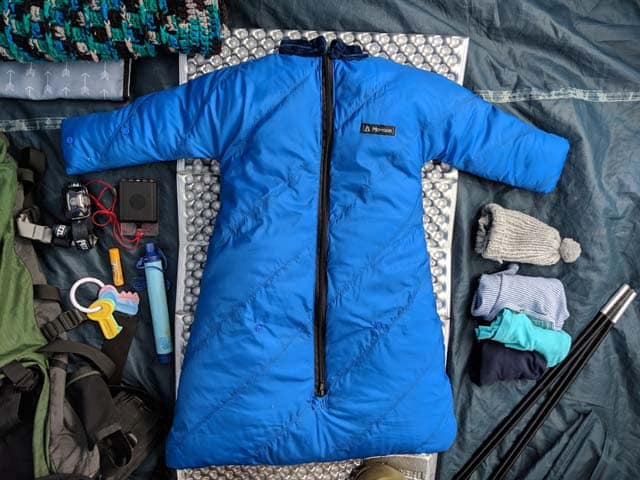
Rerouted is partnered with Morrison sleeping bags: list your Morrison baby sleeping bag on Rerouted and you’ll get a discount on the toddler-size bag.
6. Cotton Is Sometimes OK
Any “pro” backpacker will tell you to never wear cotton. I agree: cotton is bulky, absorbs water like a sponge, and takes forever to dry once wet.
However, my kids have definitely worn cotton on our backpacking trips. I simply don’t want to spend a fortune on hiking clothes that they will outgrow in a season or two.
The tradeoff?
Bringing cotton means that I must bring backups in case they get wet. That means carrying extra clothes and extra weight (and I’m the one carrying it all!). If they had better backpacking clothes, I wouldn’t need backups and could lighten my load.
So really think how important it is for you to lighten your pack. It might be worth paying for good kids backpacking clothes if it means you have less to carry.
Also read: It is okay to wear cotton hiking?
7. Sneakers Are Also OK
It’s definitely safer to backpack in boots; they protect against sprained ankle injuries and, to some extent, against snake bites too. But kids’ hiking boots aren’t always necessary, especially on easy terrain and in good weather.
My daughter would often just wear sneakers on backpacking trips when she was really young (now her winter boots double as hiking boots). Just be warned that wet sneakers take forever to dry and cause blisters. Bring a pair of camp sandals to have as backups while the sneakers dry.
Also read: Why I don’t buy hiking boots for my kids
My daughter at 5 y.o. She wore cotton and sneakers for a 2 week backpacking trip at survived. 🙂
8. Buy Clothes a Size Larger
I always buy a size bigger for my kids. The clothes will be a bit too big at first but I’ll roll up sleeves. You can use a catch stitch for hemming pants; the stitch is easy to remove later on when your kid grows into the clothes. By the next backpacking season, the clothes will fit perfectly. If I’m really lucky, the clothes will still fit for a third season.
9. Think Multi-Purpose When Buying Gear
If you only use gear for occasional backpacking trips, the “cost per use” will be very high. If you can figure out other ways to use the gear, the cost-per-use drops drastically. Luckily, a lot of kids’ backpacking gear can be used for other purposes too.
For example:
- Soft-shell jackets can be worn as a winter jacket
- Hiking boots can be worn as winter boots
- Hiking sandals can be worn in the summer
- Base layer bottoms can double as leggings
- Kids’ hiking packs can be used as a schoolbag
Just make sure you are thinking multi-purpose when buying the gear – like choosing a backpack which is the right size for school use.
10. Choose Backpacking Clothes Your Kids Actually Like
My older daughter is incredibly annoying when it comes to fashion. She doesn’t want to wear anything “dorky,” and a lot of our backpacking clothes definitely fall into the dorky category (rain pants, anyone?).
In order to get more use out of her backpacking clothes, I’ve had to choose more “stylish” ones. For example, I stopped getting the cheapest base layer pants for my daughter. Instead, I let her pick out ones with cool prints. They cost a bit more but now she will actually wear them to school (and doesn’t complain as much about having to wear dorky clothes while backpacking).


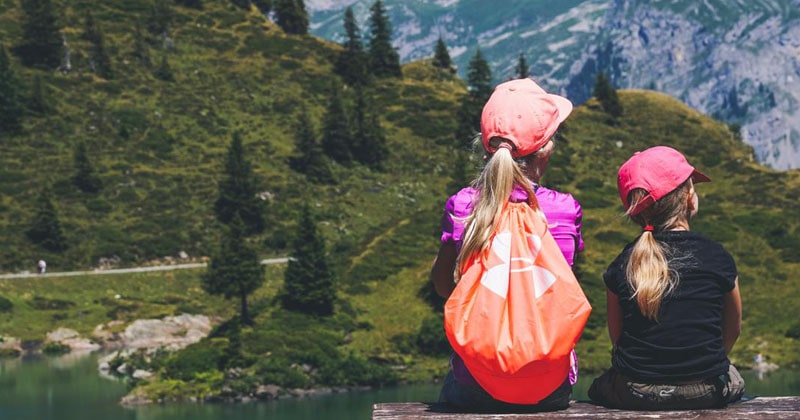
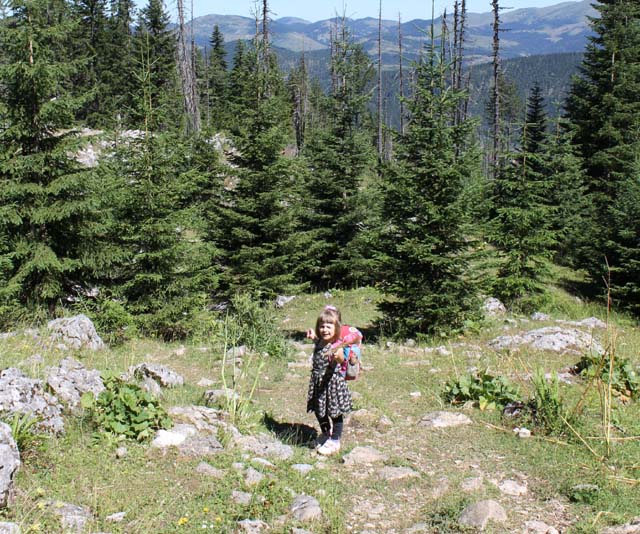
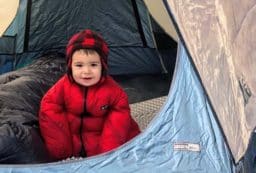
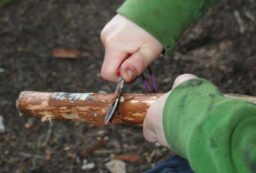
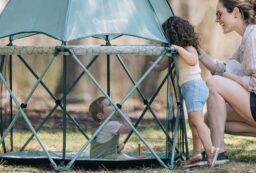







Post your comments